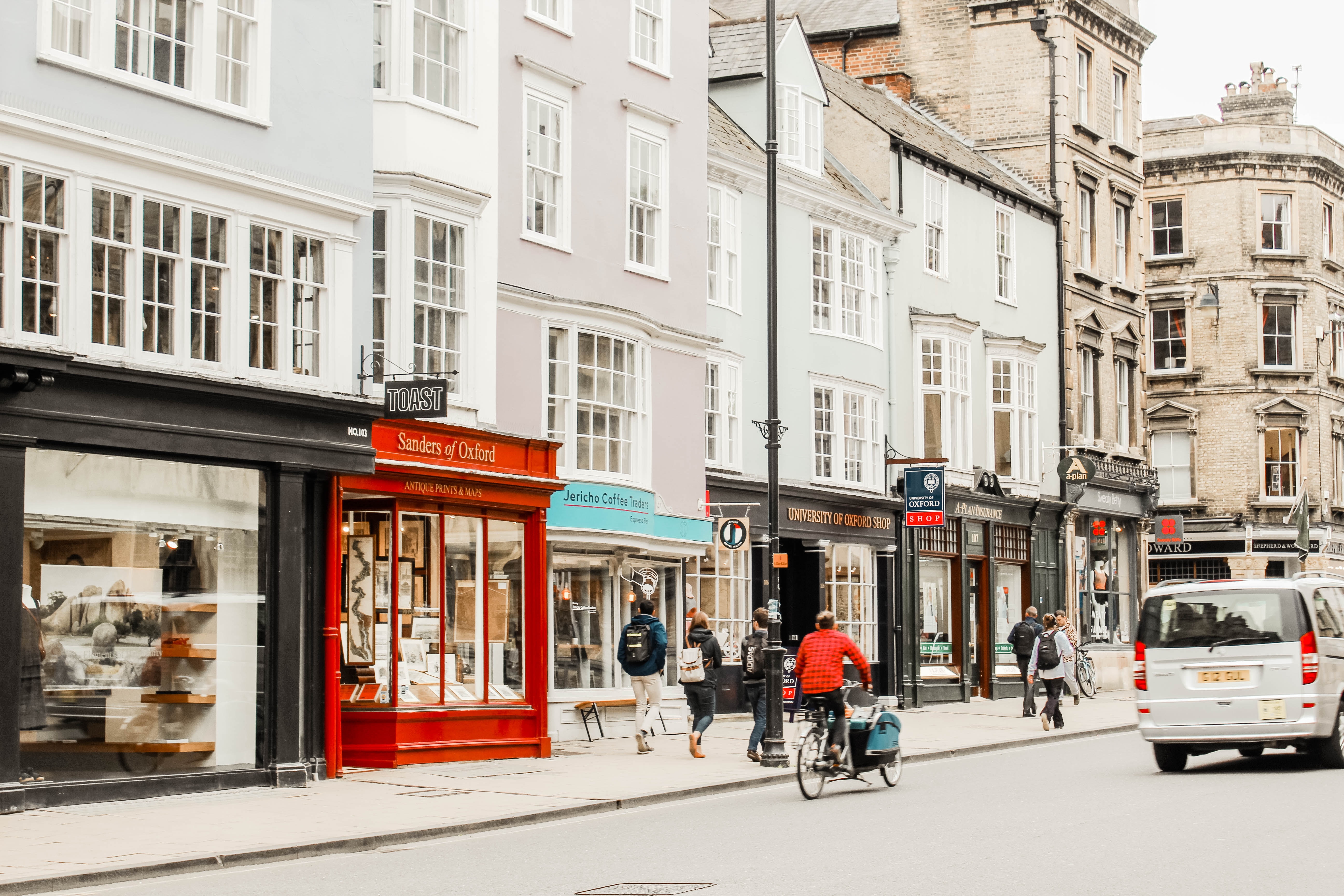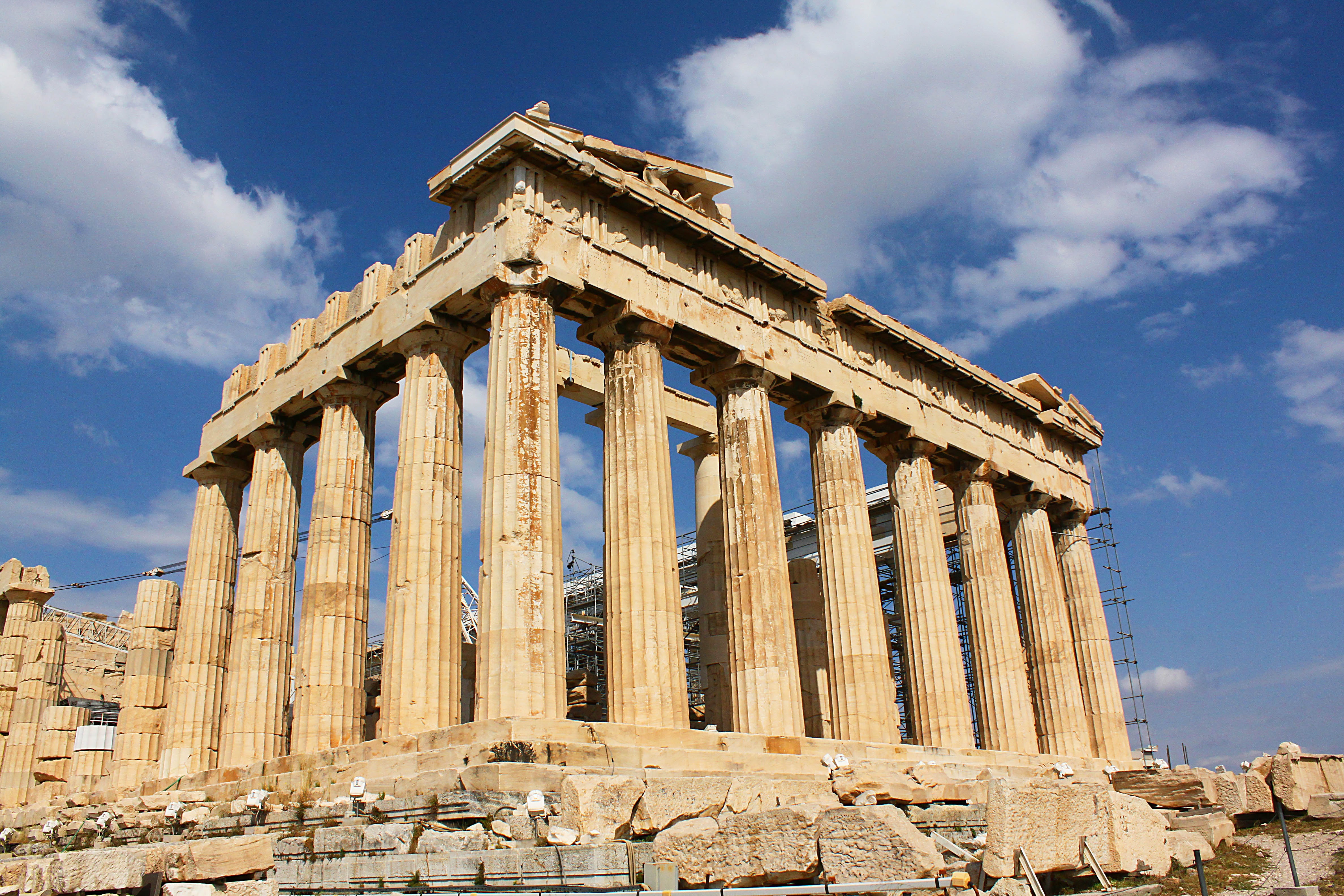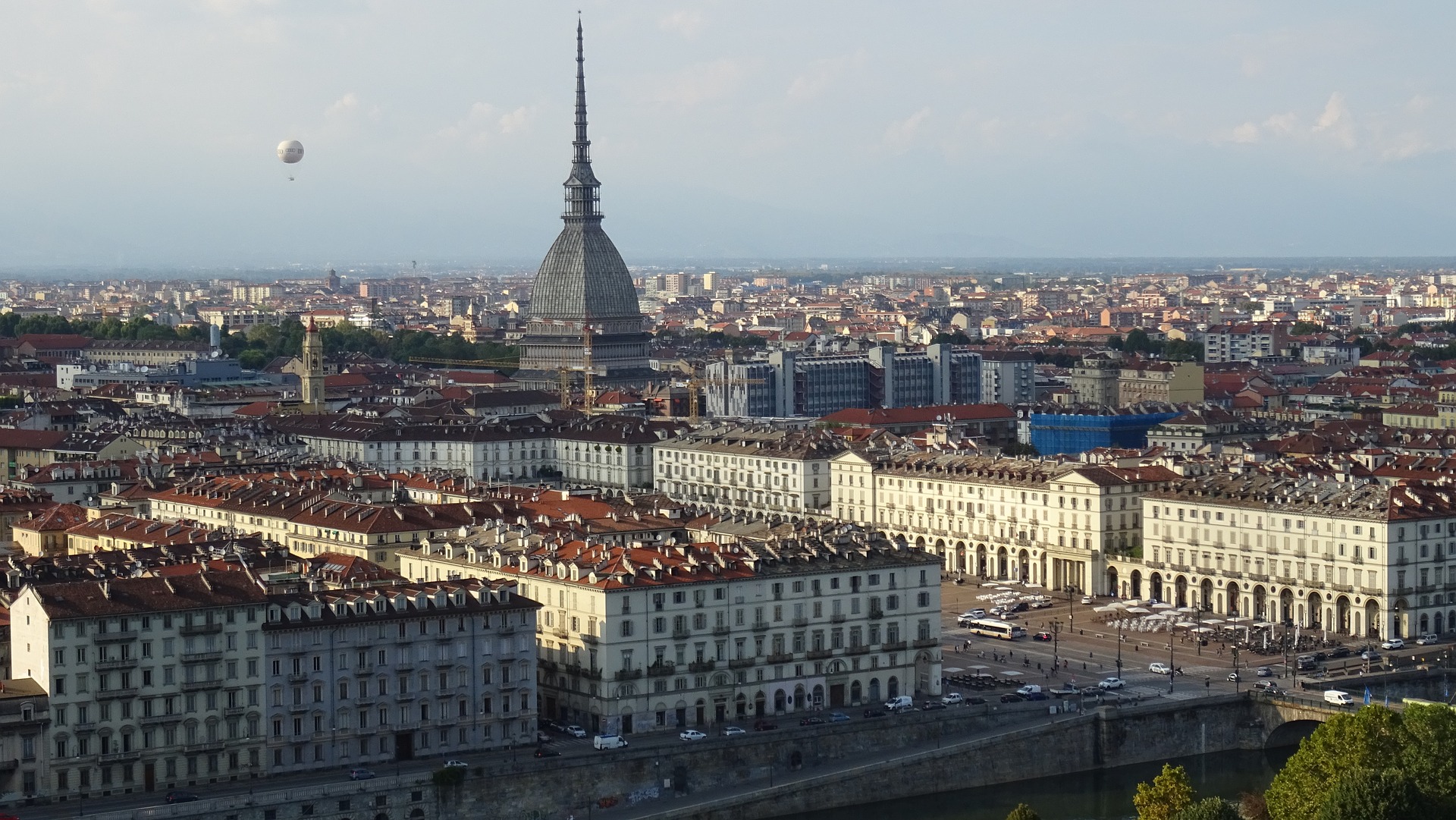
The challenge
Metropolitan areas should be at the heart of any attempt to address the COP22 climate goals. They are responsible for over two-thirds of greenhouse gas emissions and energy consumption. Despite improvements in technology and transport modes, access to key activity hubs has deteriorated and private vehicle reliance has grown, largely because distances between destinations (workplaces, shops etc.) have increased. Widespread congestion is increasing pollution levels and travel times, thus reducing people’s quality of life. Many metropolitan areas do not have a sufficiently developed public transport system to provide a satisfactory alternative to private cars. This often leads to inefficiencies, poor regional connectivity and accessibility and inconsistent fares or schedules within metropolitan areas.
Our demonstration sites
HARMONY will focus on six cities and metropolitan areas situated on six different TEN-T corridors. This way, it will cover a broad range of challenges and possibilities. Cities and regions have different characteristics in terms of size, demographics, geographic location, transport characteristics, infrastructure and availability of data and policy frameworks. This diverse context will also ensure the replicability of results.

Oxfordshire
In Oxfordshire, electric bus and taxi AVs will cover citizen’s travel needs across and within the cities and suburban areas of the region. Also, heavy-lifting drones are demonstrated in shopping areas.

Upper Silesian-Zaglebie
Upper Silesian-Zaglebie Metropolis (GZM) is interested in learning how new forms of mobility can be integrated with traditional modes and what are the requirements.
Categorization
HARMONY categorizes its six metropolitan areas into three groups:
- trailblazing, where some of the required policy frameworks for new mobility services are already in place or will be 2020. HARMONY will integrate and demonstrate new forms of mobility to understand their challenges for regional mobility, collect real-world data to develop the features of the model suite and propose updates to spatial and transport strategies and SUMPS. The two trailblazing metropolitan areas are Oxfordshire and Rotterdam.
- aspiring, where data availability is limited, multimodality and diffusion of new mobility services is low, and policy frameworks are not available. The two aspiring metropolitan areas are Athens and Turin.
- followers, where data availability is too limited. HARMONY will transfer the results from trailblazing and aspiring areas to assist them in updating their SUMPs and spatial and transport strategies. The two follower areas are Trikala and Upper Slesian-Zaglebie Metropolis.
The model suite will be applied for the trailblazing and aspiring areas. Concepts, measures and policies will be simulated and their impact assessed for each area. Then the results will be transferred to assist the follower areas. The outcomes will support the recommendations for updating the SUMP framework in terms of new passenger and freight mobility services and technologies.



